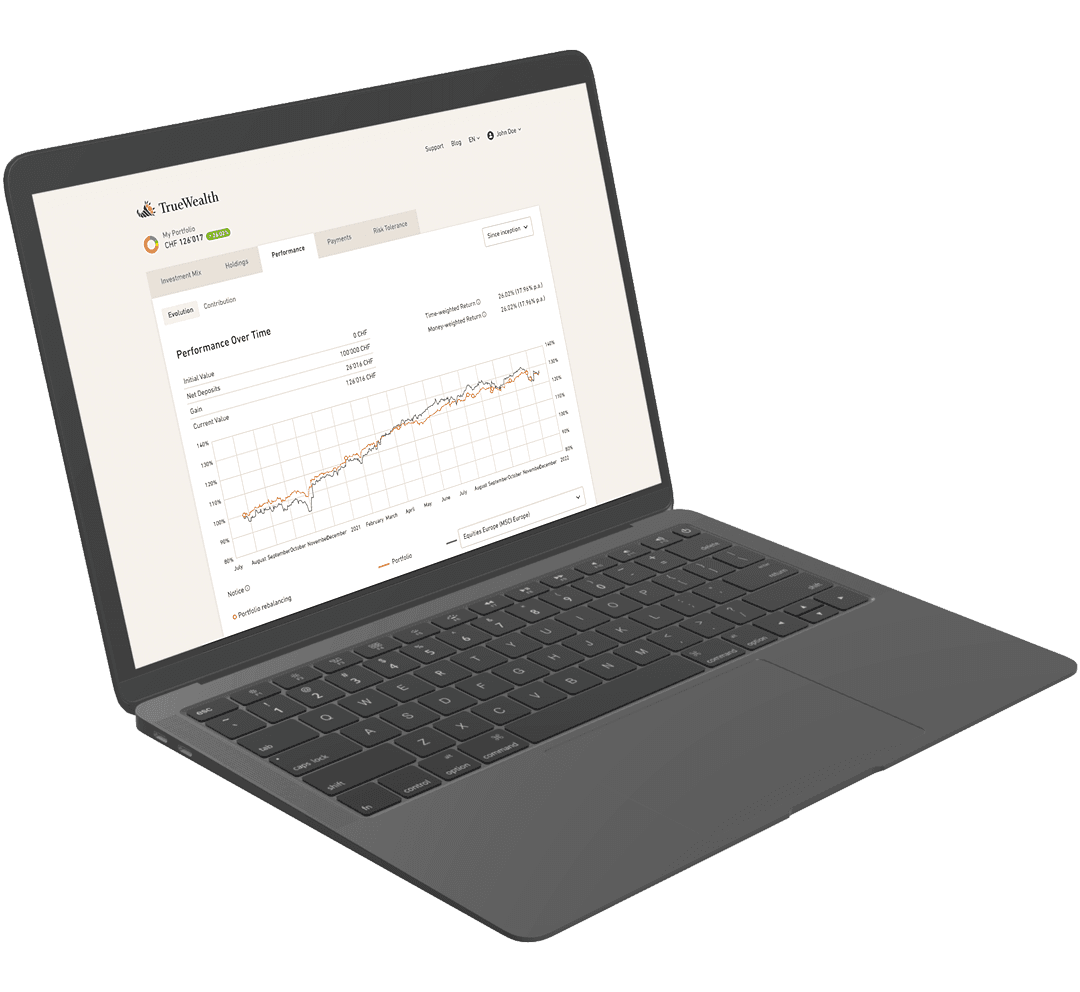What are physically replicating, synthetic and hybrid ETFs and which instruments are used?
Some ETFs buy the exact securities contained in the index (fully replicating or physically replicating ETFs). This method is suitable for liquid and developed markets. Other ETFs only hold a representative portion of the securities contained in the index (replicating ETFs with sampling method). This can be useful if a perfect replication of the index would not be cost-efficient.
Then there are ETFs that replicate the index by contractually buying the index return with a suitable counterparty via a derivative structure, so-called synthetic ETFs or swap ETFs. The resulting counterparty risk in turn depends on how the derivative is collateralized.
For our clients' portfolios, we generally use physically replicating ETFs that actually buy and hold the shares or bonds. We currently make an exception for commodities (otherwise the ETF provider would have to rent oil tankers and wheat silos). A synthetically replicating ETF is used here. It tracks the performance of commodities via derivatives and holds the majority of the fund assets as collateral in money market investments.
Finally, there is hybrid replication, which is a mixture of physical and synthetic replication. A hybrid replicating ETF can decide within the ETF itself which markets it replicates directly via physical replication and which it replicates via swaps. True Wealth does not use such instruments.
More questions in "ETFs"
Can’t find what you’re looking for?
Contact us
Ready to invest?
Open accountNot sure how to start? Open a test account and upgrade to a full account later.
Open test account